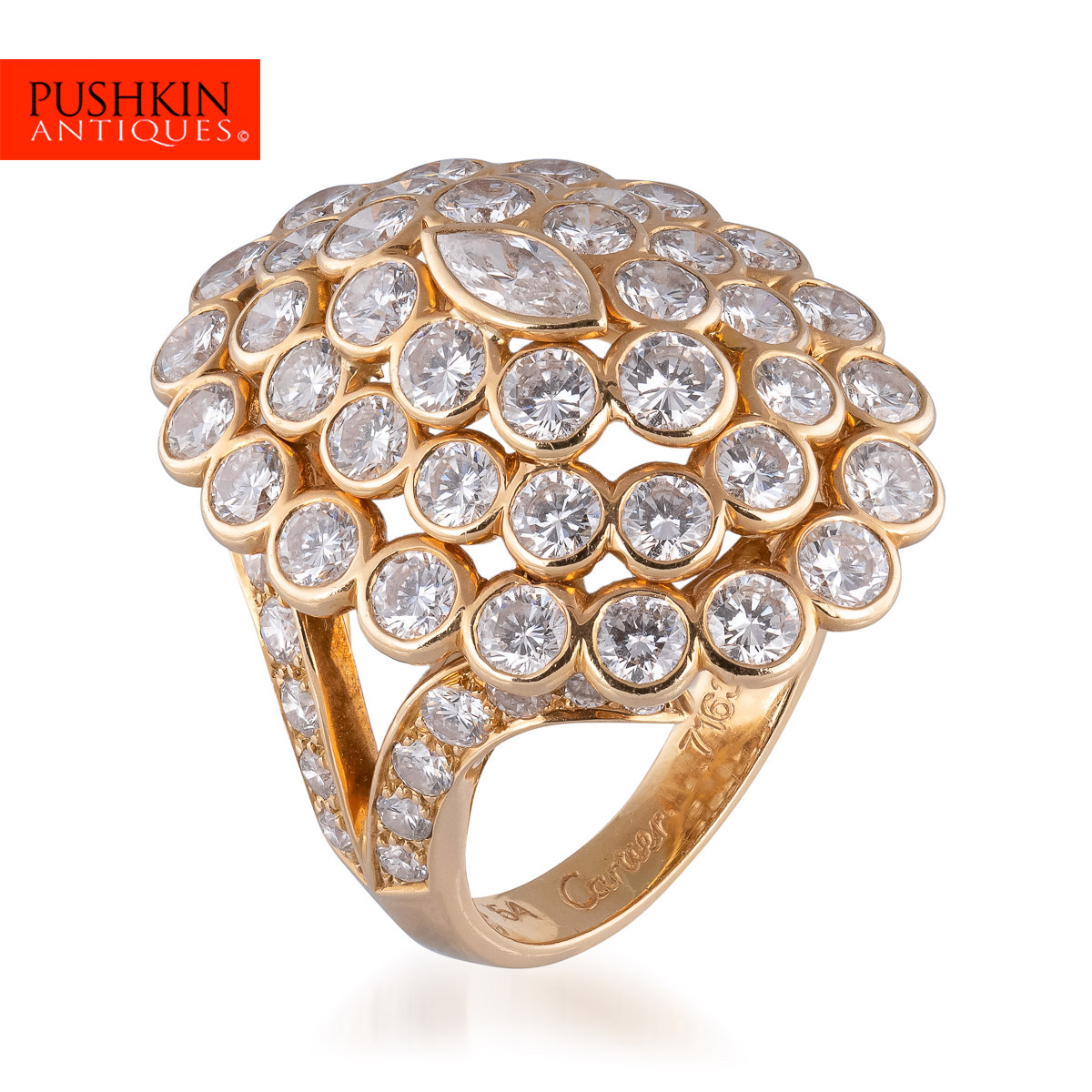Important Makers - Cartier
"Jeweller of Kings, King of Jewellers"- these famous words belong to King Edward VII, when he expressed his attitude to Cartier, the extraordinary French jewellery and watches manufacturer.
Established in 1847 by the 28-year old Louis-Francois Cartier, the firm produced all types of fine jewellery, including brooches, tiaras, earrings, rings, bracelets and objects of vertu in the Second French Empire style. Because of the superb quality, Cartier quickly gained an excellent reputation amongst the affluent clientele and royals (including Princess Mathilde Bonaparte and Empress Eugénie.
In the last third of the 19th century, Louis-Francois' only son Alfred succeeded the company. Alfred often used the magnificent combination of precious stones with strict simplicity of execution. Under his management, Cartier produced exclusive jewellery, silver and gold tableware and clocks in the stylistic eclecticism, mixing Louis XVI style and Egypt, Etruscan Revival styles. Excellent pieces were gloriously exhibited at International Expositions in Paris in 1878 and 1889. However, it was Alfred's three sons, who brought Cartier, the universal glory at the beginning of the 20th century.
Louis Cartier took over the business in Paris in 1899. He is credited for the most innovative and memorable decisions in the brand's history - the delicate use of platinum in fine jewellery, first men's wristwatch Santos and opening Cartier's branches in Britain and the USA.
In 1902 Jacques Cartier began to represent the firm in London. In two years he supplied precious items to King Edward VII and his Court and received the Royal Warrant. Pierre Cartier had represented La Maison in New York since 1909. In 1917 he bought the building on 653 Fifth Street, which still remains the flagship store since then.
At the beginning of the 20th century, Cartier pieces were characterized by the thoughtful refinement of Art Nouveau style and the traditional French ornaments, lace, Islamic and Far East arts. Tiaras, necklaces, brooches, jewels for corsages of that time were marked by the harmony of lines and sense of proportion. The Illustrious Garland style of this jewellery had become strongly associated with Belle Èpoque.
In the 1920-30s, together with the imaginative designer Charles Jacqueau and the all-time creative director Jeanne Toussaint, Cartier left behind Modern style and passionately adapted Art Deco to their designs. Bold vivid colours, geometric lines and unconventional materials mixing with the precious stones defined this new era of luxury. The new approach wasn't limited only by the jewellery, Cartier also produced numerous impeccable accessories from cigarette cases to travel boxes, that were true functional pieces of art.
After the death of the last Louis-Francois' grandson Pierre in 1964, the Cartier family sold the business. Today it is under the management of Compagnie Financière Richemont SA group and still remains one of the most celebrated firms at the forefront of fine jewellery fashion. Cartier's impeccable design breakthrough, such as the Santos and Tank watches, Tutti Frutti and Great Cats (the famous panther) designs continue influencing the modern collections and thrilling the mind of many collectors.





